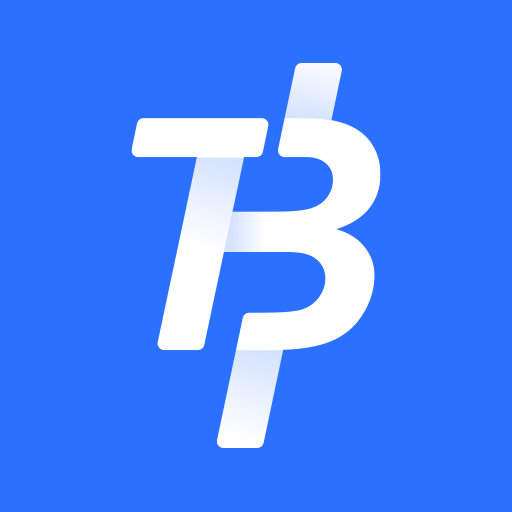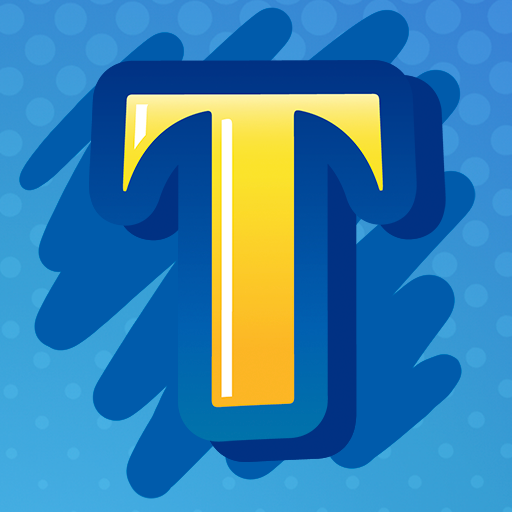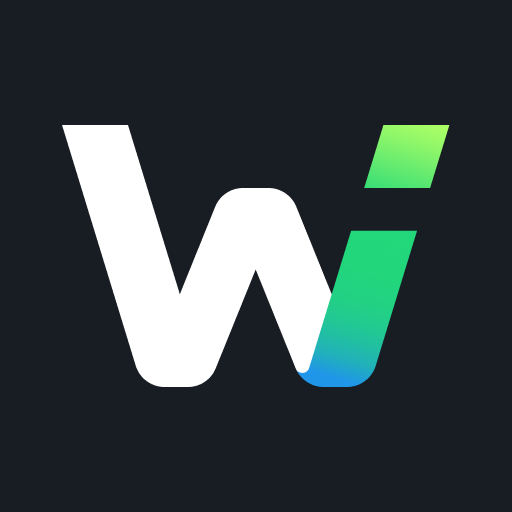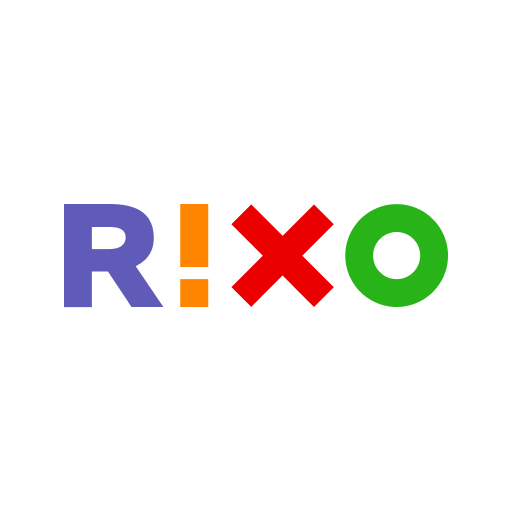Google Opens Its Fuchsia Os To External Contributors
Description of Google Opens Its Fuchsia Os To External Contributors
Four years after the announcement of its Fuchsia OS based on the Zircon core, Google has just opened it up to external contributors in order to accelerate its development.
Four years after lifting the veil on its open-source operating system Fuchsia, Google announced Tuesday that it would now be accessible to external contributors. The American giant unveiled the standard infrastructure that open source projects use, such as mailing lists, the governance model, and an issue tracking system.
Google has also released a technical roadmap, which includes items such as updating the Zircon kernel regardless of its drivers, improving file system performance, and seeking "more inclusive management of user input events on workstations running Fuchsia”. For the Californian firm, it is above all about "creating a secure, updatable, inclusive and pragmatic operating system".
To do this, its management has provided a list of principles for each of these objectives. For security, the kernel completely isolates processes by default and explicitly grants access to resources by the handle rather than by name. The operating system uses components that Google says can range from apps to system services, with Fuchsia's roadmap stating that moving to version 2 of components is a goal.
A practical OS
The components are distributed through packages which include all the files needed to run, because the operating system does not have a global file system and only gives the components local namespaces to function. “The kernel has a minimal set of responsibilities; almost everything else is in a user-space component. Components are identified by URLs and can be solved, downloaded and run on-demand just like on the web,” the update principles state.“They're governed by the same mechanisms and they all work together. The airtight packaging of the components leads to more portable software,” says Google. As a reminder, the Fuchsia operating system has its Fuchsia interface definition language which allows components to be freely coupled. To make the OS "pragmatic", Google management gave it a subset of POSIX APIs to help with porting, while relying on asynchronous communication to reduce its latency.
Still, Fuchsia is still far from complete today. "Fuchsia is not ready for general product development or as a development goal, but you can clone it, compile it and contribute to it," Google said. "It supports a limited set of x64-based hardware, and you can also test it with the Fuchsia emulator." In early 2019, the American giant had endowed it with the possibility of running Android applications, in order to make it more suitable for the support of connected devices, which could go to laptops or desktops.
Recent APPS
designkug.com © 2021 • About Us • DMCA Policy • Privacy Policy • Terms & Condition • Contact Us • Submit Apps














